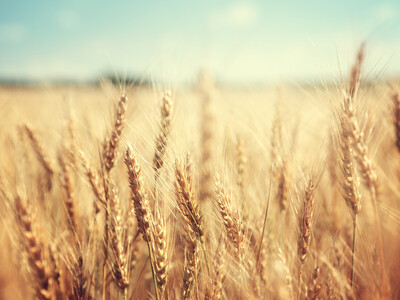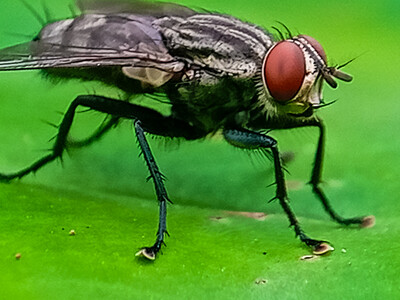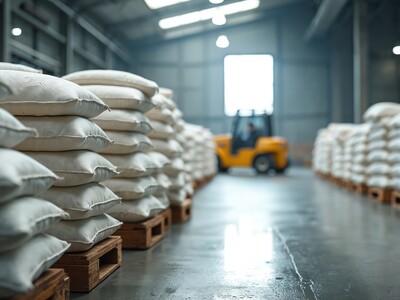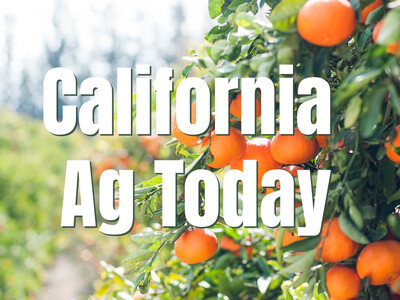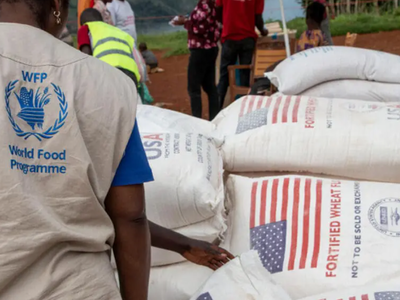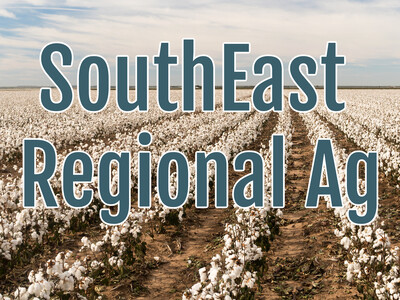Getting the Upper Hand on Spartina
Getting the Upper Hand on Spartina. I’m Greg Martin with today’s Line On Agriculture.
Spartina, commonly known as cordgrass, is an aggressive noxious weed that severely disrupts the ecosystems of native saltwater estuaries in Washington. It transforms mud flats into solid meadows, destroying important migratory shorebird and waterfowl habitat, increasing the threat of flooding and impacting the state’s shellfish industry. The 2011 spartina treatment season will start June 1 and continue through October according to Brad White, the manager for WSDA’s Pest Program
WHITE: We’ve been working as the lead agency for quite a while now to eradicate spartina from Washington waters. We’ve driven it down from 9000 acres in 2003 to; we think we’ve got about 12 acres left scattered across the marine waterways of Washington state and that would be 12 acres if you would scraped it all together into one spot.
He says due to that there has been a transition from large scale eradication efforts to dedicated efforts to find the last bit of the grasses.
WHITE: Treatments actually run the gamut for us now that we’re down to small infestations. In some cases our folks are digging individual plants or what we call small clones out from where they’re found. Some spray still occurs. Some of our cooperators are still using some other techniques that involve covering the infestations and trying to smother them out that way.
White says they are primarily focusing on survey right now. He says there are a number of stories on how the spartina came to the area including being purposefully used to transform the mud flats into something a bit more usable.
WHITE: The mud flats are very productive from an ecological sense. There’s a lot of food resources there for shore birds and other wildlife and they’re necessary for several of the marine fish species and shellfish and other organisms to reproduce and thrive. And when spartina comes in it converts those very productive mud flats over into fairly sterile ecosystems where about the only thing you do have is spartina.
White talks about this current treatment season.
WHITE: We will survey for spartina. If we find spartina on private property we will work with the private property owners to try and get rid of it. If we find it on public property then we work with the agencies responsible for those properties to do the same thing. Like I said most of it is low impact at this time.
That’s today’s Line On Agriculture. I’m Greg Martin on the Ag Information Network.




